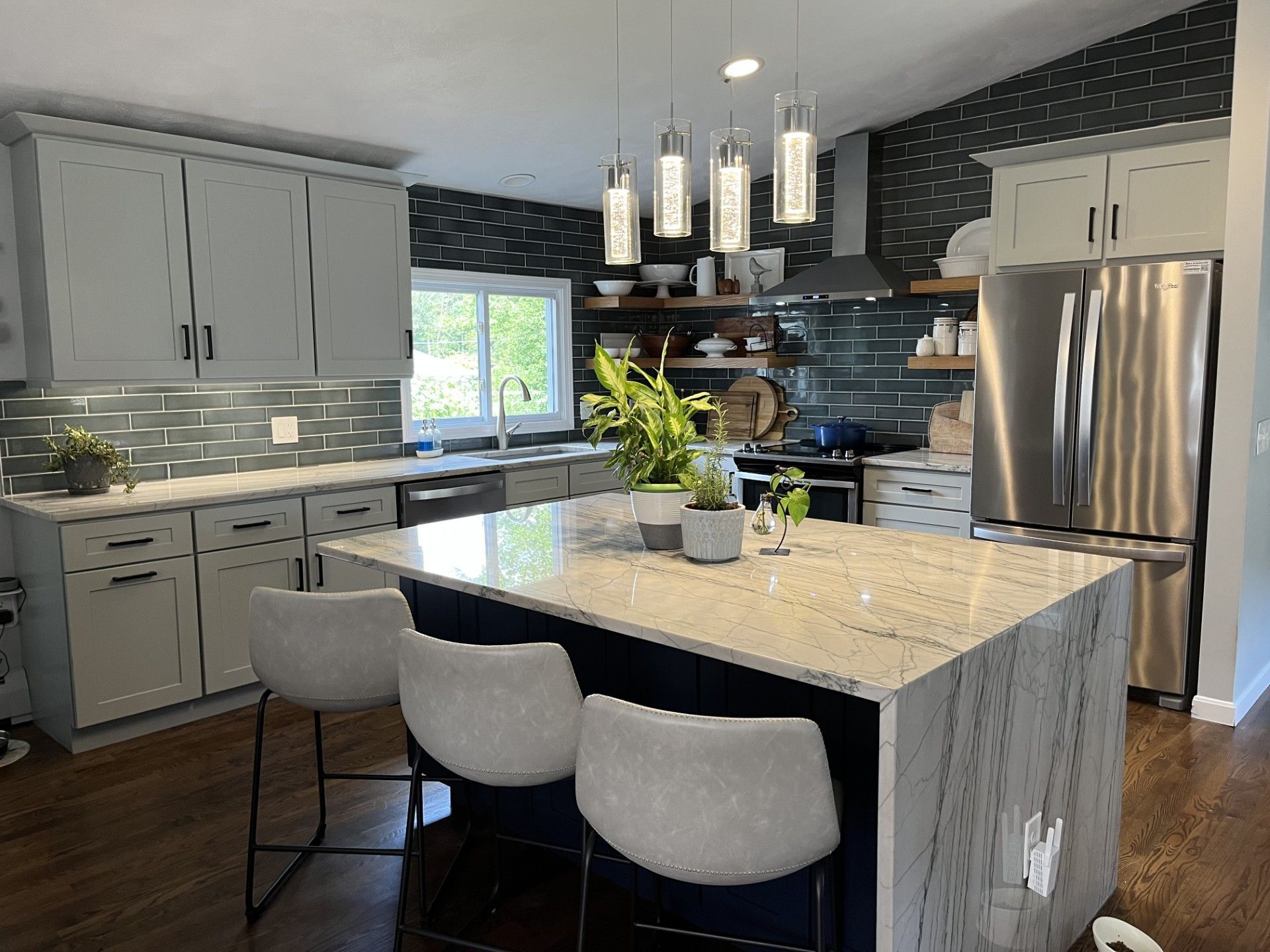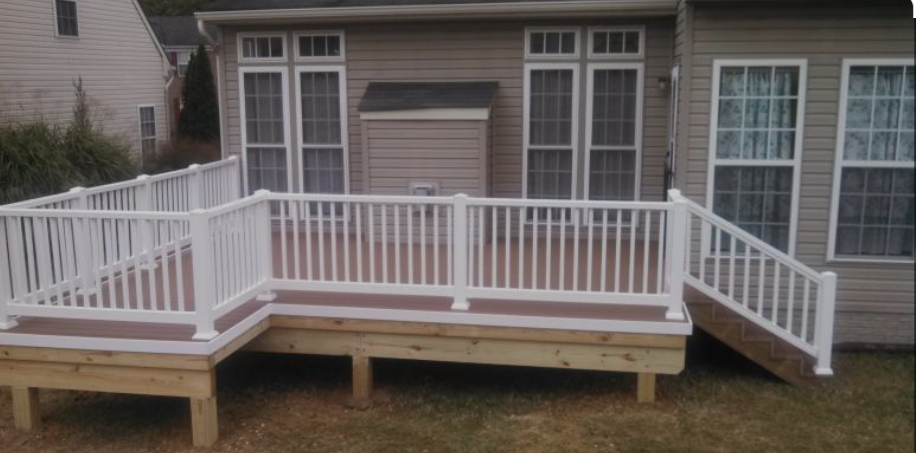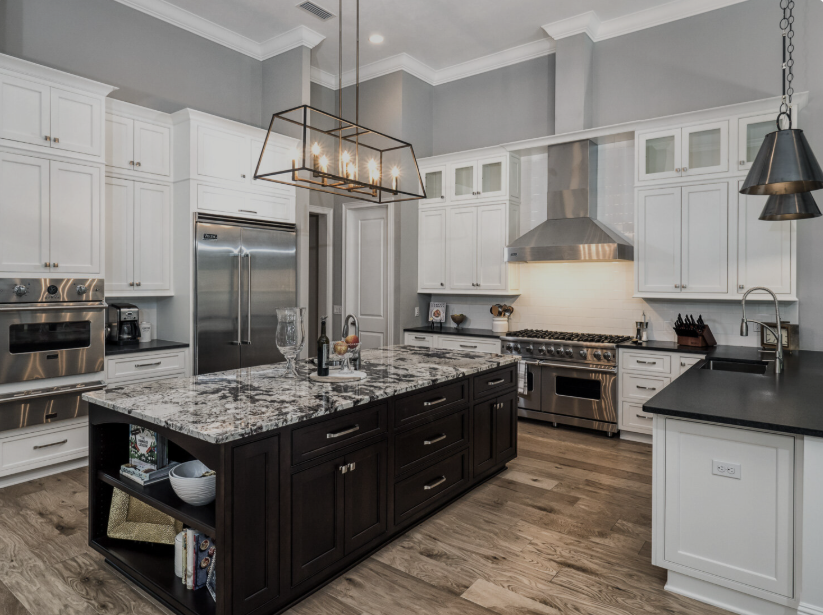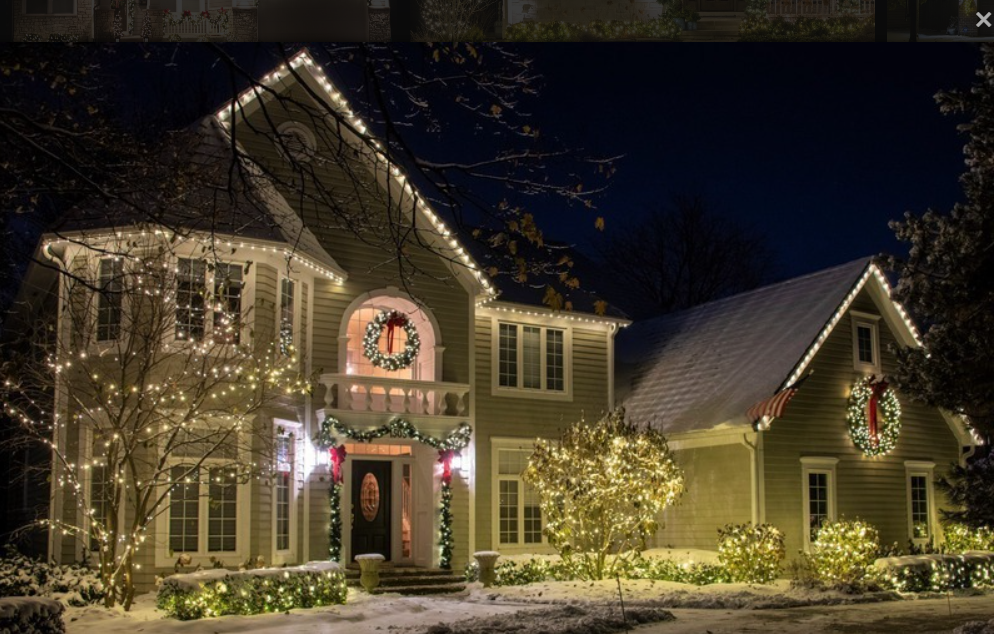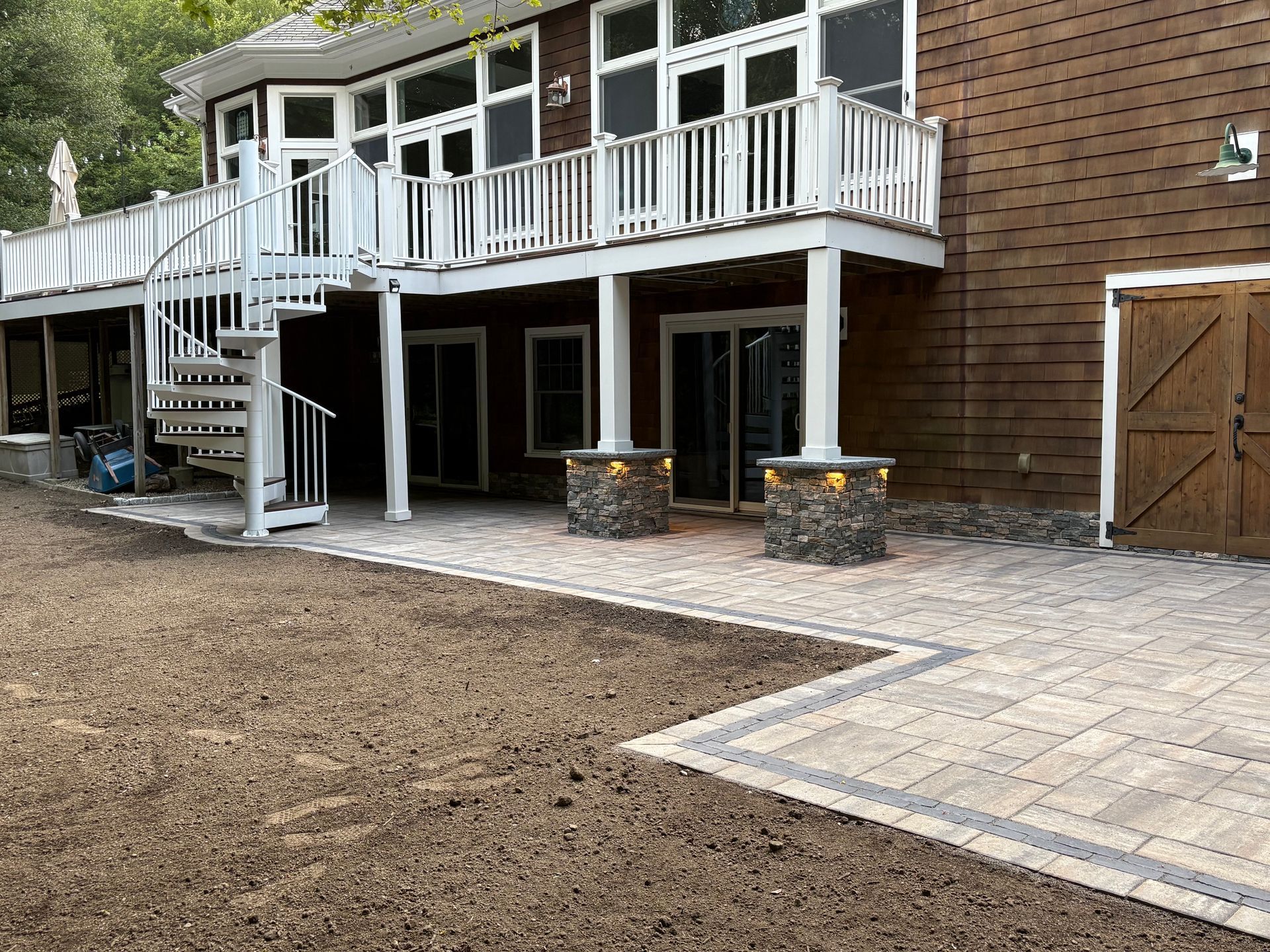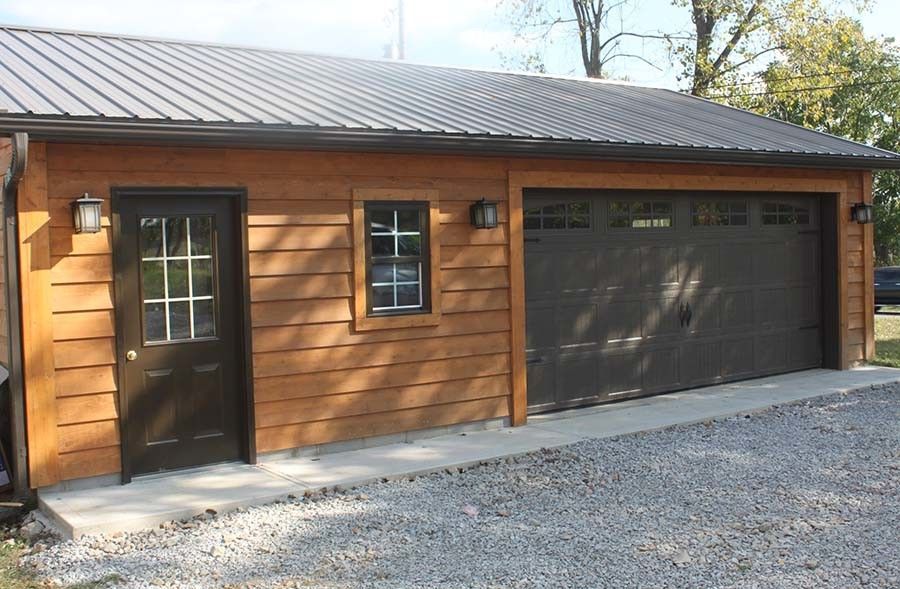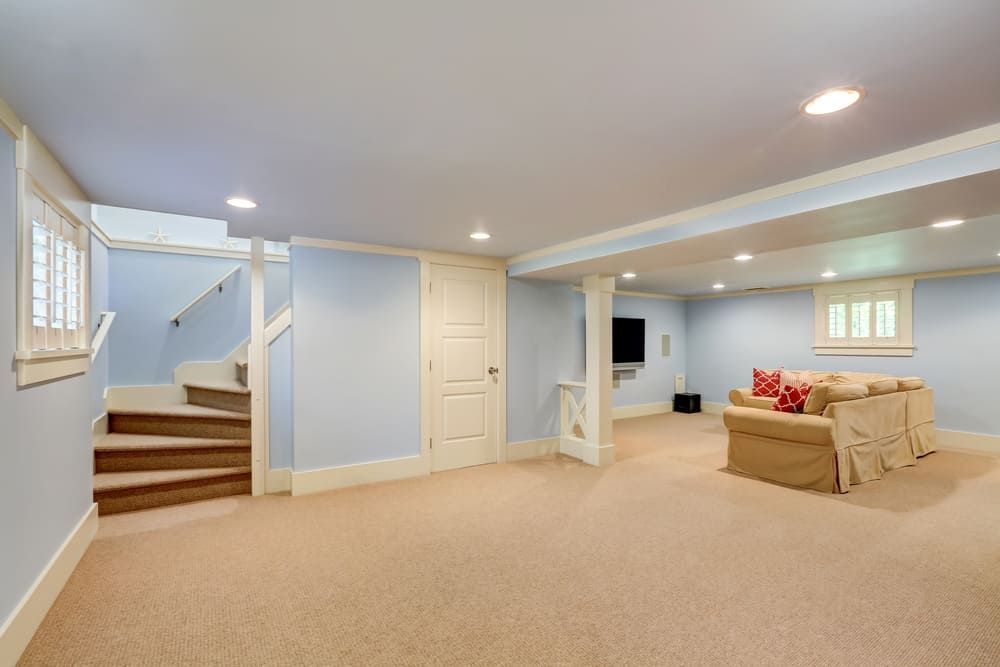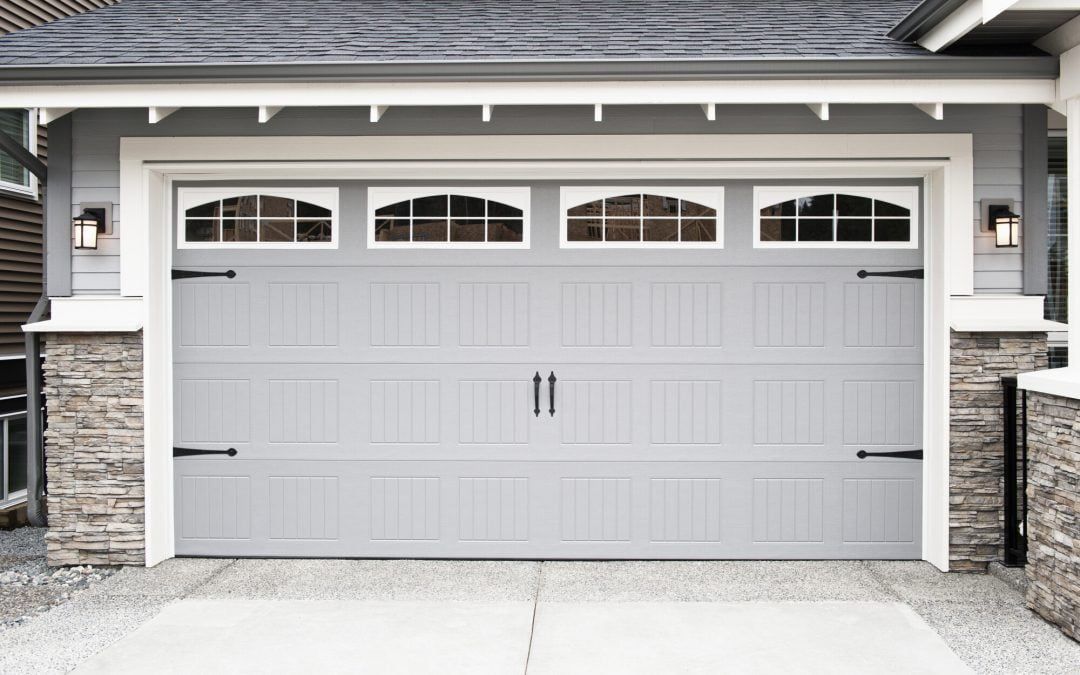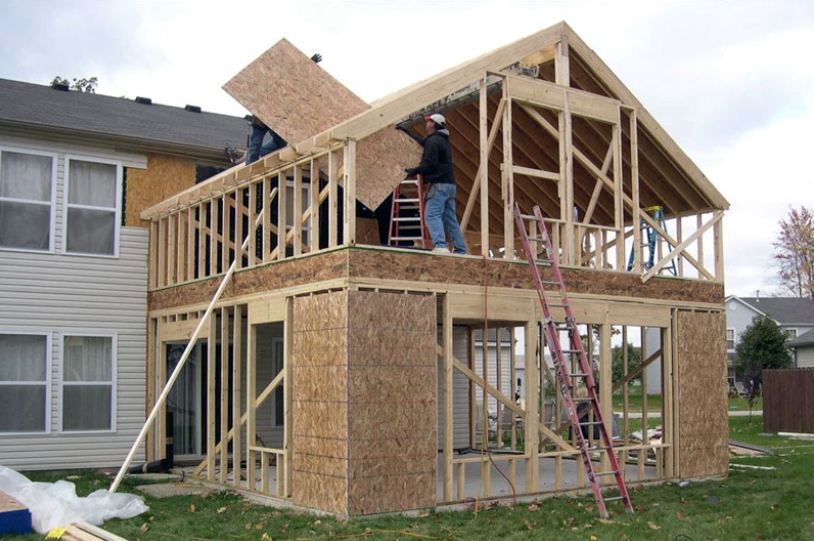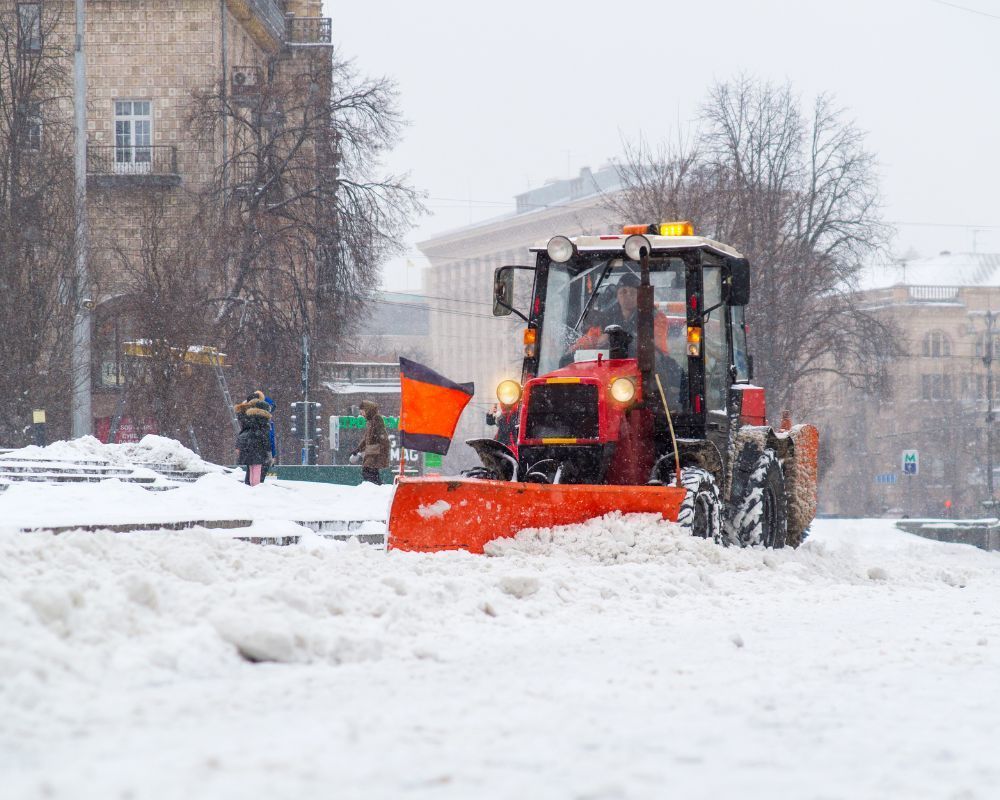HOA-Approved Christmas Light Installation in Rhode Island
Living in a homeowners association (HOA) community in Rhode Island doesn't mean sacrificing holiday spirit. Many Ocean State neighborhoods, from upscale developments in East Greenwich to waterfront communities in Newport, have HOA guidelines that regulate Christmas light installations. Understanding these requirements and working within them can help you create beautiful, compliant holiday displays that enhance your community's festive atmosphere while avoiding potential conflicts or fines.
Understanding HOA Christmas Light Regulations in Rhode Island
Rhode Island HOA communities typically implement Christmas light guidelines to maintain neighborhood aesthetics, ensure safety, and preserve property values. These regulations vary significantly between communities, but most address common concerns about timing, style, placement, and maintenance of holiday decorations.
HOA Christmas light rules often specify installation and removal dates, typically allowing displays from late November through early January. Many Rhode Island communities permit lights during the traditional holiday season but require removal by specific dates to prevent displays from becoming unsightly or appearing abandoned.
Style guidelines frequently address light colors, types, and installation methods. Some upscale Rhode Island communities restrict displays to white or warm white lights to maintain elegant, cohesive neighborhood appearances. Others allow multicolored displays but may restrict flashing, animated, or overly bright installations that could disturb neighbors.
Safety requirements in HOA guidelines often mirror municipal codes, addressing proper electrical installation, secure mounting methods, and clearance from walkways and driveways. These rules protect both residents and the community from liability issues while ensuring decorations don't create hazards.
Common HOA Christmas Light Restrictions in RI Communities
Most Rhode Island HOA communities address similar concerns in their holiday decoration guidelines, though specific requirements vary by neighborhood character and community preferences. Understanding common restriction categories helps homeowners plan compliant installations.
Timing Restrictions: Many communities allow Christmas light installation beginning the weekend before Thanksgiving, with displays required to be removed by mid-January. Some premium communities have shorter display periods to maintain year-round aesthetic standards.
Color and Style Limitations: Upscale developments often restrict displays to white, warm white, or traditional colors like red and green. Flashing lights, animated displays, and laser projectors may be prohibited to maintain refined neighborhood character.
Installation Method Requirements: HOA guidelines typically require professional-quality installation methods that don't damage community property or individual homes. Stapling lights to surfaces, using inappropriate fasteners, or creating temporary wiring situations may be prohibited.
Size and Scale Limits: Some communities limit the extent of Christmas light displays to prevent competitions between neighbors or installations that overwhelm neighborhood aesthetics. Guidelines might restrict displays to specific areas like rooflines, entryways, or designated landscape features.
Electrical Safety Standards: HOA rules often require Ground Fault Circuit Interrupter (GFCI) protection, proper extension cord ratings, and adherence to electrical codes. Some communities require licensed electrician involvement for extensive displays.
Popular Rhode Island HOA Communities and Their Guidelines
Different types of Rhode Island communities tend to have varying approaches to Christmas light regulations, reflecting their character, demographics, and aesthetic goals.
Luxury Waterfront Communities: Premium developments along Narragansett Bay or in Newport often have strict aesthetic guidelines favoring elegant, understated displays. These communities may require white lights only, professional installation, and coordinated neighborhood themes.
Suburban Family Neighborhoods: Communities in Warwick, Cranston, and similar areas typically allow more flexibility in Christmas light displays while maintaining basic safety and timing requirements. These neighborhoods often embrace family-friendly holiday traditions with reasonable restrictions.
Historic District HOAs: Communities preserving historic character may have specific requirements about installation methods to protect period architecture. These guidelines often favor traditional lighting styles that complement historic home designs.
Active Adult Communities: 55+ communities often focus on safety and maintenance requirements, ensuring holiday displays don't create hazards for older residents while maintaining attractive neighborhood standards.
Navigating HOA Approval Processes
Many Rhode Island HOA communities require advance approval for Christmas light installations, particularly for elaborate displays or permanent electrical modifications. Understanding the approval process helps ensure smooth installation without delays or compliance issues.
Review Current Guidelines: Start by obtaining current HOA covenants, conditions, and restrictions (CC&Rs) plus any architectural review committee guidelines specific to holiday decorations. These documents outline specific requirements and approval processes.
Submit Required Documentation: Some communities require advance submission of decoration plans, including light types, installation methods, and display timelines. Professional installation companies familiar with HOA requirements can often assist with this documentation.
Plan for Approval Timelines: HOA architectural review committees typically meet monthly, so submit requests well in advance of intended installation dates. Last-minute requests may not receive timely approval, potentially delaying your holiday display.
Consider Professional Consultation: Companies experienced with HOA Christmas light installations can provide valuable guidance on community-specific requirements and help design displays that meet guidelines while achieving your aesthetic goals.
Professional Installation Benefits for HOA Communities
Professional Christmas light installation offers significant advantages for homeowners in HOA communities, ensuring compliance while delivering high-quality results that enhance neighborhood appeal.
Compliance Expertise: Professional installers familiar with Rhode Island HOA communities understand common requirements and can design installations that meet guidelines without sacrificing visual impact. They stay current with evolving HOA standards and local regulations.
Quality Materials and Methods: Professional installations use commercial-grade materials and proven techniques that satisfy HOA quality standards. This approach reduces maintenance issues and ensures displays remain attractive throughout the season.
Safety and Insurance: Licensed professional installers carry appropriate insurance coverage and follow safety protocols that protect both homeowners and HOA communities from liability concerns. This protection is particularly important in communities with strict safety requirements.
Consistency and Coordination: Professional installers can help create coordinated neighborhood displays that enhance overall community appeal. Some HOA communities arrange group installations to achieve consistent, elegant results throughout the neighborhood.
Working Within HOA Color and Style Guidelines
Many Rhode Island HOA communities have specific preferences for Christmas light colors and styles that maintain neighborhood character while allowing festive celebrations. Understanding these preferences helps homeowners create compliant displays.
White Light Elegance: Premium communities often favor all-white or warm white lighting that creates sophisticated, timeless appeal. Modern LED technology offers various white color temperatures, from crisp cool white to cozy warm white that mimics traditional incandescent bulbs.
Traditional Color Schemes: Communities allowing colored lights often prefer classic combinations like red and green, or red, green, and white. These traditional schemes maintain festive spirit while avoiding garish or overly commercial appearances.
Subtle Animation: Some HOA communities permit gentle animation effects like slow color transitions or soft twinkling, while prohibiting rapid flashing or strobe effects that might disturb neighbors or detract from overall neighborhood aesthetics.
Architectural Enhancement: The best HOA-compliant displays complement home architecture rather than overwhelming it. Professional designers understand how to highlight architectural features while maintaining the elegant restraint many communities prefer.
Timing Your Installation for HOA Compliance
Rhode Island HOA communities typically have specific timeframes for Christmas light installation and removal. Planning your timeline ensures compliance while maximizing your display period.
Installation Windows: Most communities allow installations beginning the weekend before Thanksgiving or the first weekend in December. Some permit earlier installation if lights remain unlit until the designated activation date.
Display Periods: Active display periods often run from early December through early January, with many communities requiring removal by January 15th. Some premium communities have shorter display periods to maintain year-round aesthetic standards.
Weather Considerations: Rhode Island's variable winter weather can affect installation and removal timelines. Professional installers understand how to work within HOA deadlines while accommodating weather delays.
Planning for Removal: Many homeowners focus on installation timing but forget removal requirements. Professional services often include post-holiday removal, ensuring compliance with HOA deadlines without homeowner effort.
Safety Requirements and Professional Standards
HOA Christmas light guidelines often emphasize safety requirements that protect residents and limit community liability exposure. Professional installation helps ensure compliance with these important standards.
Electrical Safety: Proper GFCI protection, appropriate extension cord ratings, and code-compliant connections are typically required. Licensed electricians familiar with HOA requirements ensure installations meet all safety standards.
Secure Installation: Lights must be properly secured to prevent wind damage or falling hazards. Professional mounting systems and techniques satisfy HOA requirements while protecting property from damage.
Pathway Safety: Displays cannot obstruct walkways, driveways, or emergency access routes. Professional installers understand clearance requirements and design displays that maintain safety while maximizing visual impact.
Fire Prevention: Many HOA communities require LED lights and prohibit overloaded circuits or damaged electrical components. Professional installers use appropriate materials and load calculations to prevent fire hazards.
Coordinating Community-Wide Holiday Displays
Some Rhode Island HOA communities coordinate neighborhood-wide Christmas light displays that create spectacular unified presentations. These coordinated efforts require planning and cooperation but can achieve remarkable results.
Theme Development: Community-wide themes might include consistent color schemes, complementary styles, or coordinated timing for maximum impact. Professional installers can help develop and execute these unified visions.
Group Installation Services: Some installation companies offer group rates for HOA communities, providing cost savings while ensuring consistent quality and style throughout the neighborhood.
Shared Resources: Communities might coordinate electrical connections, share equipment costs, or arrange group purchasing of lights and materials. These cooperative approaches can reduce individual costs while improving overall results.
Event Planning: Coordinated displays often include community celebrations like lighting ceremonies or holiday tours that showcase the collective effort and build neighborhood spirit.
Addressing HOA Violations and Conflicts
Despite best intentions, conflicts can arise over Christmas light installations in HOA communities. Understanding how to address these situations helps resolve issues quickly and maintain community harmony.
Review Process: If you receive a violation notice, carefully review your installation against current HOA guidelines. Sometimes simple modifications can achieve compliance without major changes.
Communication Approach: Open communication with HOA boards or architectural review committees often resolves conflicts more effectively than confrontational approaches. Most board members want to find reasonable solutions that satisfy community standards.
Professional Consultation: Installation companies experienced with HOA requirements can often suggest modifications that achieve compliance while maintaining your desired aesthetic. Their expertise can be valuable in resolving disputes.
Appeal Procedures: Most HOA communities have formal appeal processes for disputed violations. Understanding these procedures and following them properly can lead to favorable resolutions.
Planning Ahead for Future Seasons
Successful HOA-compliant Christmas light displays often benefit from advance planning that considers community guidelines, seasonal timing, and long-term goals.
Annual Planning: Start planning next year's display immediately after this year's removal, while experiences and lessons learned are fresh. This advance planning allows time for HOA approvals and professional scheduling.
Relationship Building: Developing positive relationships with HOA board members and neighbors creates goodwill that can be helpful when planning more elaborate displays or requesting guideline modifications.
Professional Partnerships: Establishing relationships with installation companies familiar with your community creates consistency and expertise that improves results over time.
Community Involvement: Active participation in HOA governance or holiday planning committees provides insight into community preferences and influence over future guideline development.
Cost Considerations for HOA-Compliant Installations
Professional HOA-compliant Christmas light installations often cost more than basic displays due to quality requirements, installation standards, and approval processes. Understanding these costs helps with budgeting and decision-making.
Premium Materials: HOA communities often require commercial-grade lights and installation materials that cost more than residential alternatives but provide better performance and appearance.
Professional Installation: Complex approval processes and quality standards often make professional installation the practical choice, adding labor costs but ensuring compliance and quality results.
Design Services: Creating displays that satisfy HOA requirements while achieving desired aesthetics may require professional design services that add to project costs.
Long-term Value: Higher upfront costs for HOA-compliant installations often provide better long-term value through durability, compliance, and enhanced property values.
Benefits of HOA-Compliant Holiday Displays
While HOA Christmas light guidelines may seem restrictive, they often create benefits that enhance community appeal and property values throughout Rhode Island neighborhoods.
Neighborhood Consistency: Coordinated displays create attractive, cohesive neighborhood appearances that enhance curb appeal and property values for all residents.
Reduced Conflicts: Clear guidelines prevent disputes between neighbors over competing displays or aesthetic differences, maintaining community harmony during the holiday season.
Safety Standards: HOA safety requirements protect residents and limit liability exposure while ensuring holiday displays don't create hazards.
Professional Quality: Communities with strict standards often enjoy higher-quality displays that create more attractive neighborhoods and preserve property values.
Living in an HOA community doesn't limit your ability to celebrate the holidays with beautiful Christmas light displays. Rhode Island's diverse HOA communities each have their own character and requirements, but all can accommodate festive holiday celebrations that bring joy while maintaining the standards that make these neighborhoods desirable places to live.
Contact us today to get started with your Christmas light installation in Rhode Island.
